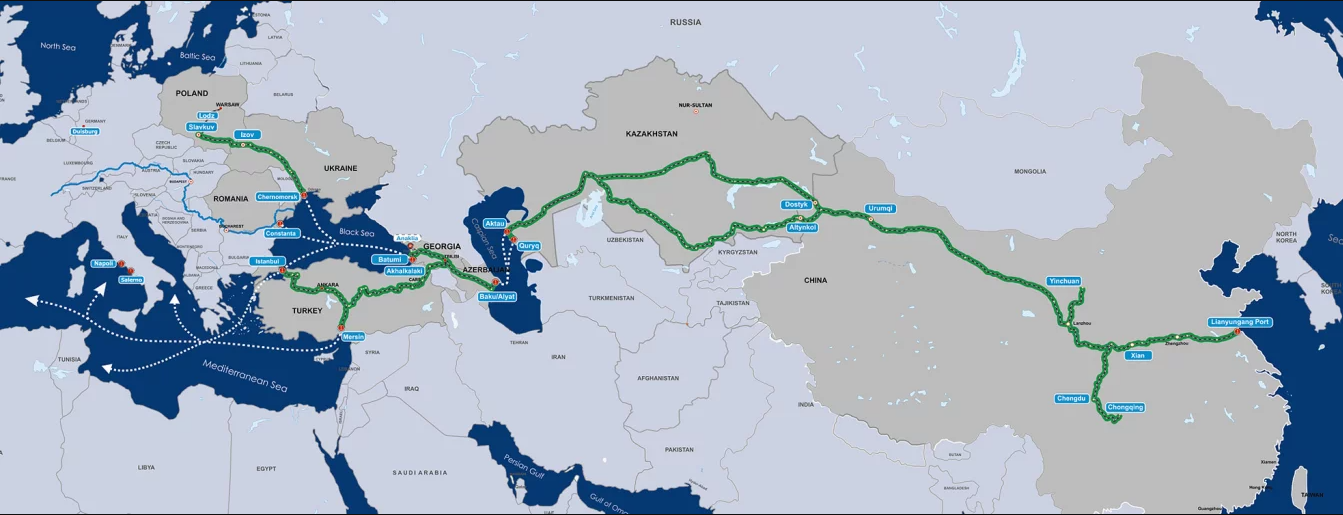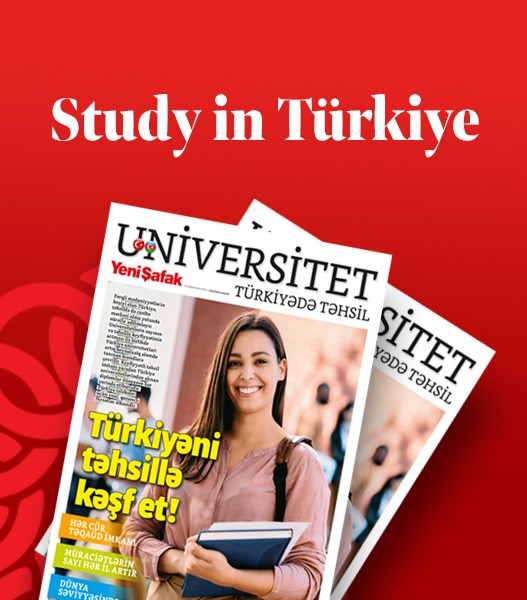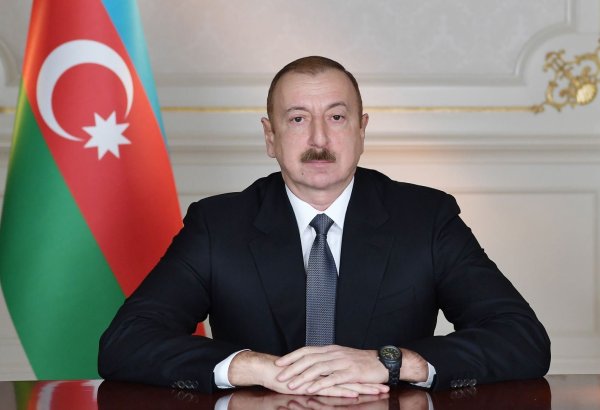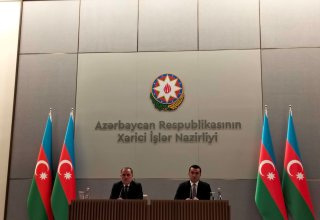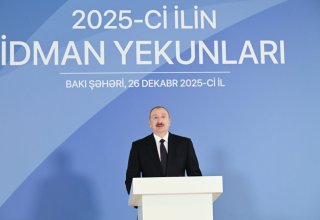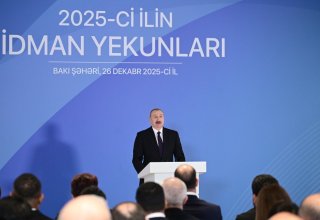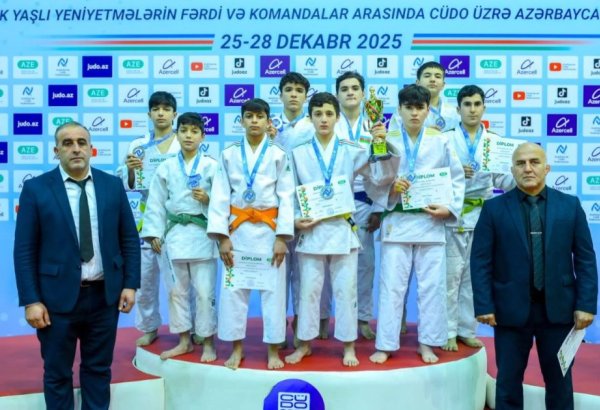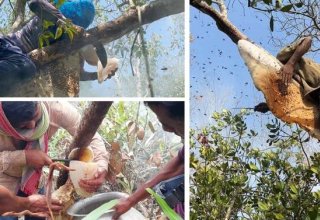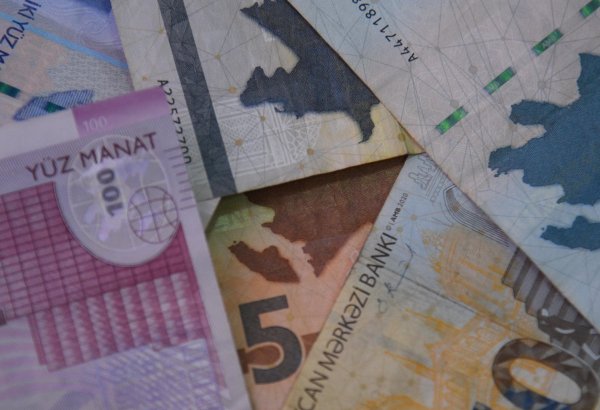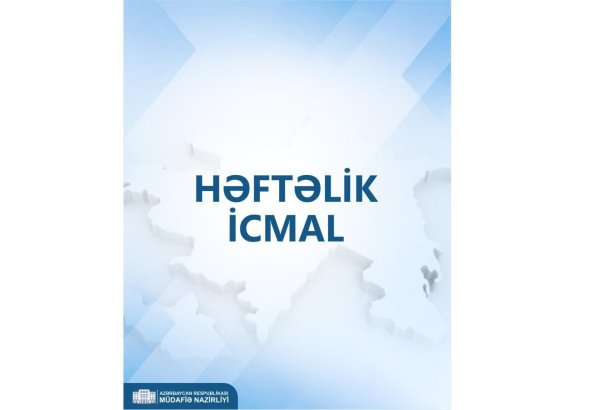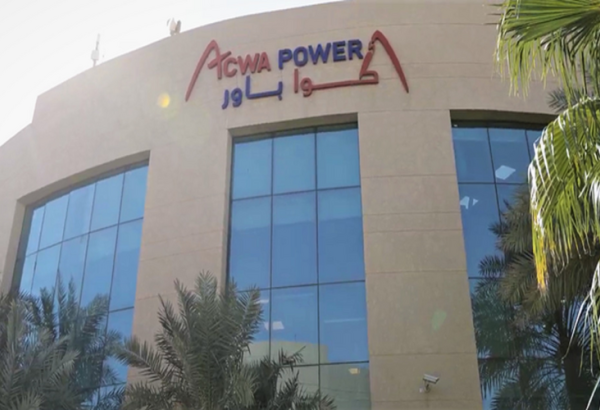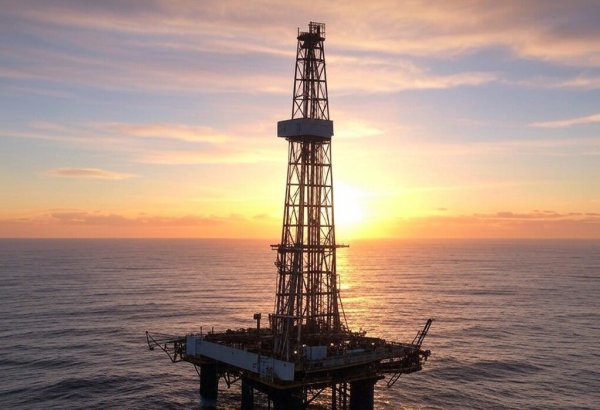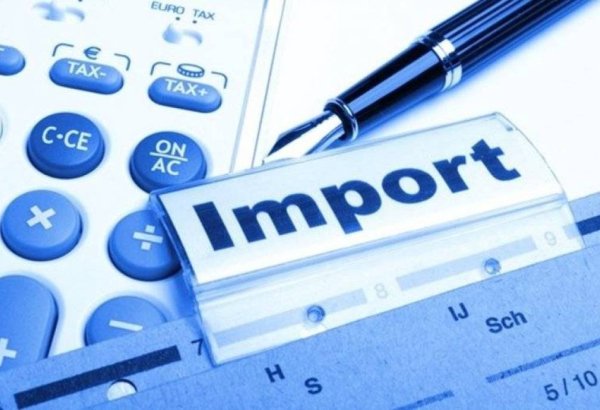BAKU, Azerbaijan, November 1. On Wednesday, French President Emmanuel Macron is scheduled to visit Kazakhstan, followed by a visit to Uzbekistan. In both instances, a key focus of discussion among the heads of state will be energy, particularly nuclear energy, which has a direct link to uranium mining, a primary industry for these two Central Asian nations.
The Elysee Palace has specified two main goals for the French leader's trip to these countries. These goals include enhancing the diversification of strategic and economic connections and reinforcing their presence through the signing of agreements in sectors such as energy, mineral resource supply, transportation, and aviation. Reportedly, accompanying President Macron on the trip to Kazakhstan will be ministers of industry and foreign trade, along with approximately 15 heads of major corporations.
France has a specific interest in participating in the construction of Kazakhstan's first nuclear power plant, which will be subject to a referendum in the country, with the vote expected to take place towards the end of the year.
Kazakhstan holds a prominent position as a leading global producer and exporter of uranium, and it stands as a significant partner for France in this domain. The mining company KATCO, a joint venture with Orano (51%) and Kazatomprom (49%), is actively developing uranium deposits in the Moinkum and Tortkuduk regions in southern Kazakhstan. The annual production capacity is estimated at 4,000 tons.
Since 2008, the Kazakh-French joint venture has successfully produced over 49,000 tons of uranium. Analysts note that Kazakhstan currently holds the title of the world's largest exporter and holder of uranium reserves, contributing to 46% of global uranium production.
Approximately 14% of the world's proven uranium reserves are concentrated within Kazakhstan, with the country's total proven reserves estimated at over 700,000 tons of uranium. On September 29, 2023, Kazatomprom unveiled its strategy for uranium production by 2025. The company is projected to raise global primary uranium production to an estimated 6,000 tons in 2025, exceeding the planned 2024 production volume. For 2024, Kazatomprom anticipates producing around 25,000 - 25,500 tons of uranium, with an expected increase to 30,500-31,500 tons in 2025.
Given Kazakhstan's landlocked geography, the export of energy resources relies on transit through other nations. In response, Kazakhstan, in partnership with allies, is actively crafting alternative transportation routes. Among these, the Trans-Caspian International Transport Route (TITR), also know as the Middle Corridor, is a significant initiative. This extensive 11,000-kilometers pathway traverses China, Kazakhstan, the Caspian Sea, Azerbaijan, Georgia, and ultimately reaches Europe.
Kazakhstan stands as the second-largest provider of crude oil to France. As part of TITR’s development, Kazakhstan has acquired two new oil tankers, named "Taraz" and "Liwa", each with an 8,000-ton deadweight capacity, for the purpose of transporting oil across the Caspian Sea. Recent statistics reveal a substantial increase in the volume of oil shipments from the port of Aktau to the port of Baku, reaching 990,200 tons as of October. This represents an impressive rise of 870,000 tons, equivalent to a 7.25-fold increase.
Meanwhile, since December 2019, a joint venture named Nurlikum Mining has been operational in the Navoi region of Uzbekistan, specializing in uranium exploration and mining. This venture, formed through collaboration between the French nuclear industry leader Orano (51%) and the State Committee of Geology of Uzbekistan (49%), has signed an agreement in November 2022 to expand uranium mining and processing.
Nurlikum Mining LLC, the Uzbek-French joint venture, has initiated an industrial pilot project and a feasibility study to confirm the economic and environmental viability of uranium mining within its licensed area.
Three potential routes exist for connecting Western and Eastern economies: one through Russia, another via Iran, and the final one through the Caspian Sea from Azerbaijan to Kazakhstan. Due to geopolitical considerations, Western economies find limited opportunities for transportation via the first two routes. Consequently, the third one - the Middle Corridor remains the sole feasible option.
Efforts are underway to enhance the Middle Corridor's capacity to transport 10 million tons by 2025, as indicated in the agreements signed between Azerbaijan, Türkiye, and Georgia. An estimated 2 million tons of cargo are expected to be transported along the Middle Corridor in 2023.
To further develop its transportation and logistics, Azerbaijan is working on expanding its shipyard capabilities. Currently, Azerbaijan boasts the largest trade fleet in the Caspian Sea, with over 50 vessels. Upon the completion of investment projects, the annual production of tankers and dry cargo vessels is projected to increase from the current 6 to a range of 10 to 15 vessels.
Azerbaijan's substantial investments in transport infrastructure over the past 30 years have created new opportunities for countries in the broader region. France's trade connections, essential raw material resources, and transportation infrastructure are all strategically positioned within the Middle Corridor. Thus, Azerbaijan’s role in this regard is only vital. It might be opportune for France to explore the potential of the Eastern South Caucasus region more closely.








